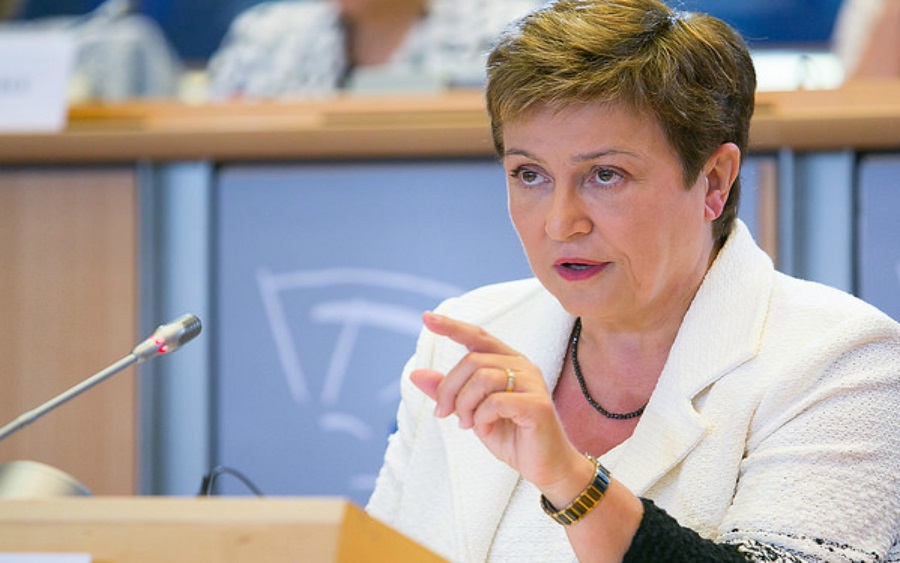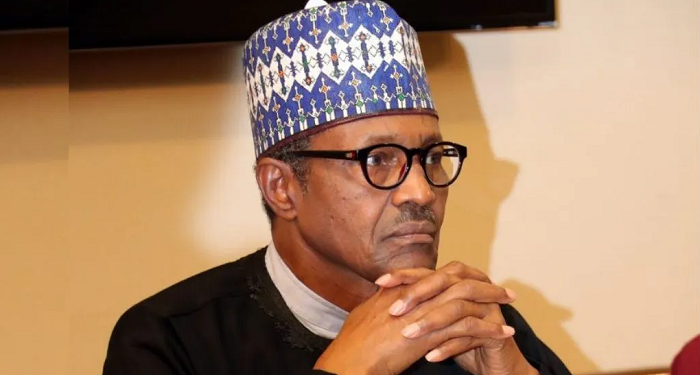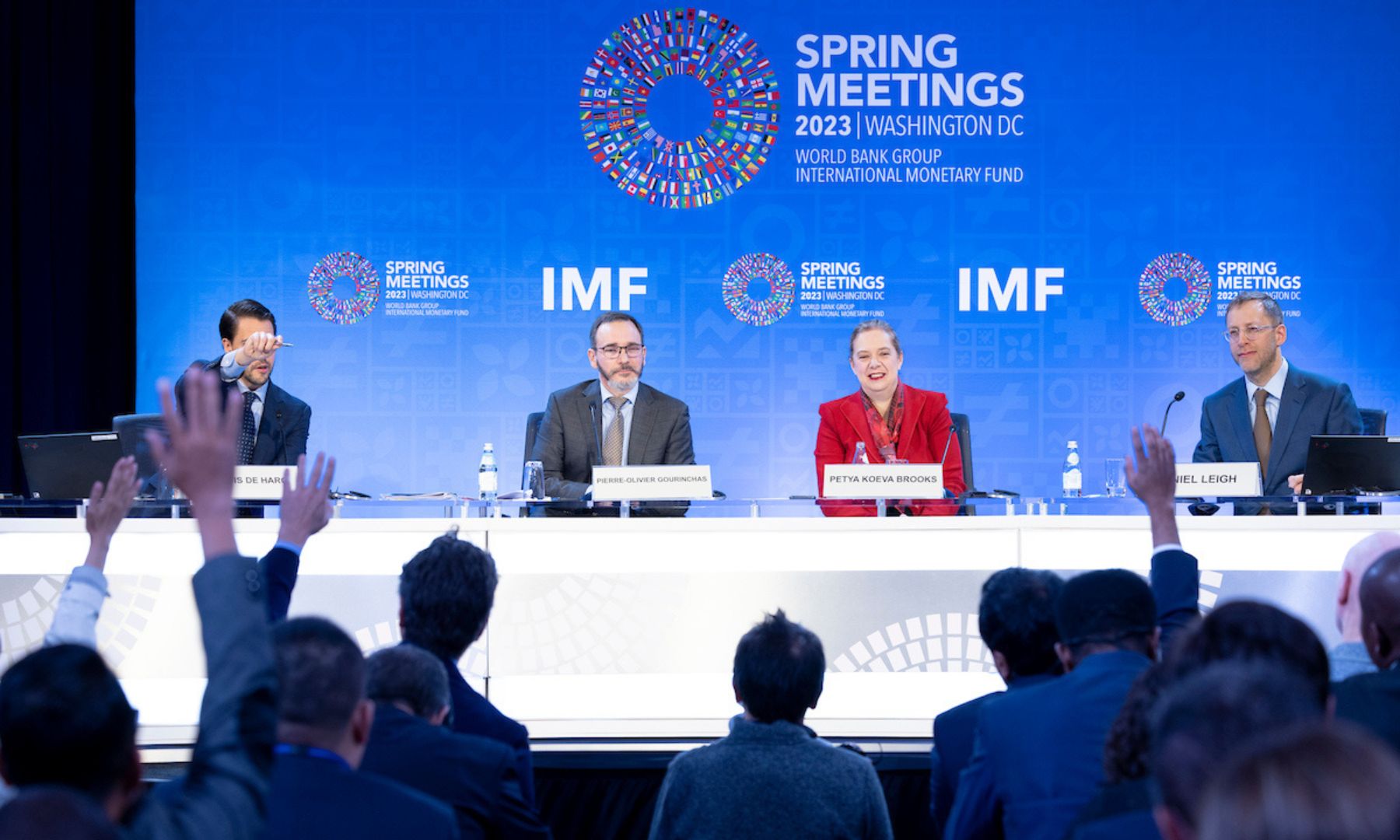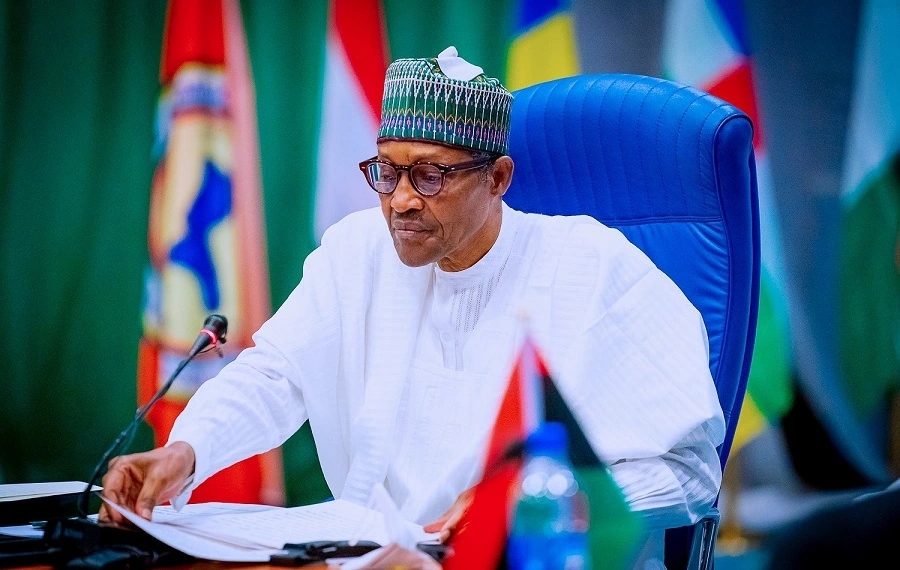The International Monetary Fund (IMF) has identified some factors that hamper the economic recovery of low-income countries from the devastating impact of the coronavirus pandemic.
This is as many of the poorest countries in the world are facing the threat of weak recovery and setbacks in their development path.
This disclosure is contained in a report issued by the IMF on Sunday, April 5, 2021, and can be seen on its website.
READ: $2 trillion economic recovery plan pushes S&P 500 to record high
Some of the factors include access to vaccines. The poorer or low-income countries, face uneven access to vaccines as most of these countries rely almost entirely on the multilateral COVAX facility. This is a WHO-backed global initiative, in collaboration with a consortium of international organizations, aimed at equitable access to vaccines. The initiative is currently set to procure vaccines for just 20% of the population in low-income countries.
Secondly, low-income countries have had limited policy space to respond to the crisis, most especially, they have lacked the means for extra spending.
READ: FG rejects IMF’s advice to devalue the naira
Thirdly, pre-existing vulnerabilities such as high levels of public debt in many low-income countries and sometimes weak, negative, total factor productivity performance in some low-income countries continue to act as a drag on growth.
The IMF in its presentation estimates that low-income countries will require about $200 billion until 2025 to step up their response to the pandemic, and a further $250 billion to catch up with advanced economies. An additional $100 billion will be needed if risks identified in the baseline scenario materialize. Meeting these needs will require a coordinated, multifaceted, strong response.
READ: Central Bank of Nigeria; resuscitating an ailing economy
Bottom line
With the devastating impact of the coronavirus pandemic still very visible, the low-income countries and even the developed economies are still trying to create a path to economic recovery.
The high debt level of low-income countries even before the pandemic means that only a small portion of its Covid-19 expenditure could be financed through borrowing.























